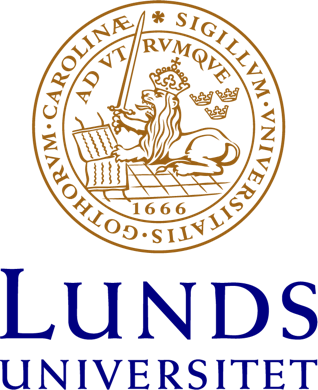Human cystatin C: Role of the N-terminal segment in the inhibition of human cysteine proteinases and in its inactivation by leucocyte elastase
Leucocyte elastase in catalytic amounts was observed to rapidly cleave the Val-10-Gly-11 bond of the human cysteine-proteinase inhibitor cystatin C at neutral pH. The resulting modified inhibitor had size and amino acid composition consistent with a cystatin C molecule devoid of the N-terminal Ser-1-Val-10 decapeptide. Leucocyte-elastase-modified cystatin C had more than 240-fold lower affinity th
